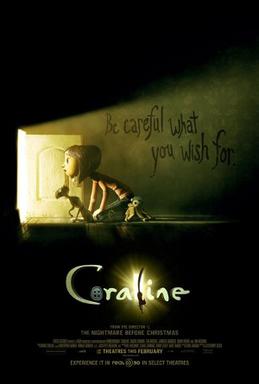
By Laurie Halse Anderson.
Published in 2006 by Puffin books, New York. Originally published in 1999.
I cried. I rarely cry when reading, but every so often a book is able to touch the emotional as much as the intellectual, and I am opened a bit. That happened today. Speak is about rape. But more than that, it is about what happens after trauma, when a person keeps it inside, and feels like they are breaking into pieces, are made up of different people - none of whom is the self they know. It is about being silent. It is about breaking silence.
Melinda is the narc who called the cops at a big high school party over the summer, and she starts ninth grade as an outcast because of it. What no one knows is that she dialed 911 because she had just been raped. She hasn't told anyone. She goes to school every day where IT (her rapist) is a senior. Her parents and teachers don't understand why her grades have plummeted. Melinda stays quiet, while she rages inside. Melinda is beautifully rendered and real; she is intelligent, insightful, pained. She is painful. She is glorious.
It surprised me to look at the back cover and see that this book is categorized for ages 10 and up. That said, I am glad. I think Speak will be a very healing book for many people, from children to adults. It is an important book. It is astoundingly well written (Anderson's world is so well wrought that I could feel myself in high school again). I loved it.
10/10.
Ages 10+.


